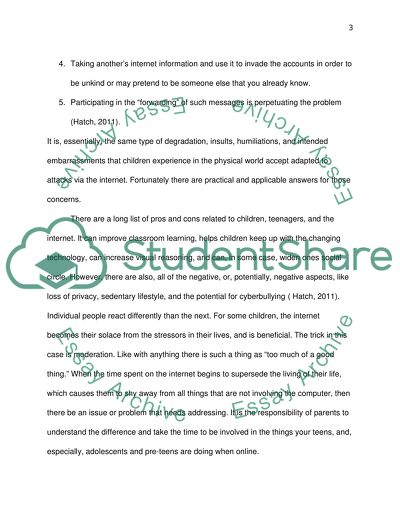Cite this document
(“Dear Abby Research Paper Example | Topics and Well Written Essays - 1000 words”, n.d.)
Dear Abby Research Paper Example | Topics and Well Written Essays - 1000 words. Retrieved from https://studentshare.org/journalism-communication/1487619-dear-abby
Dear Abby Research Paper Example | Topics and Well Written Essays - 1000 words. Retrieved from https://studentshare.org/journalism-communication/1487619-dear-abby
(Dear Abby Research Paper Example | Topics and Well Written Essays - 1000 Words)
Dear Abby Research Paper Example | Topics and Well Written Essays - 1000 Words. https://studentshare.org/journalism-communication/1487619-dear-abby.
Dear Abby Research Paper Example | Topics and Well Written Essays - 1000 Words. https://studentshare.org/journalism-communication/1487619-dear-abby.
“Dear Abby Research Paper Example | Topics and Well Written Essays - 1000 Words”, n.d. https://studentshare.org/journalism-communication/1487619-dear-abby.


